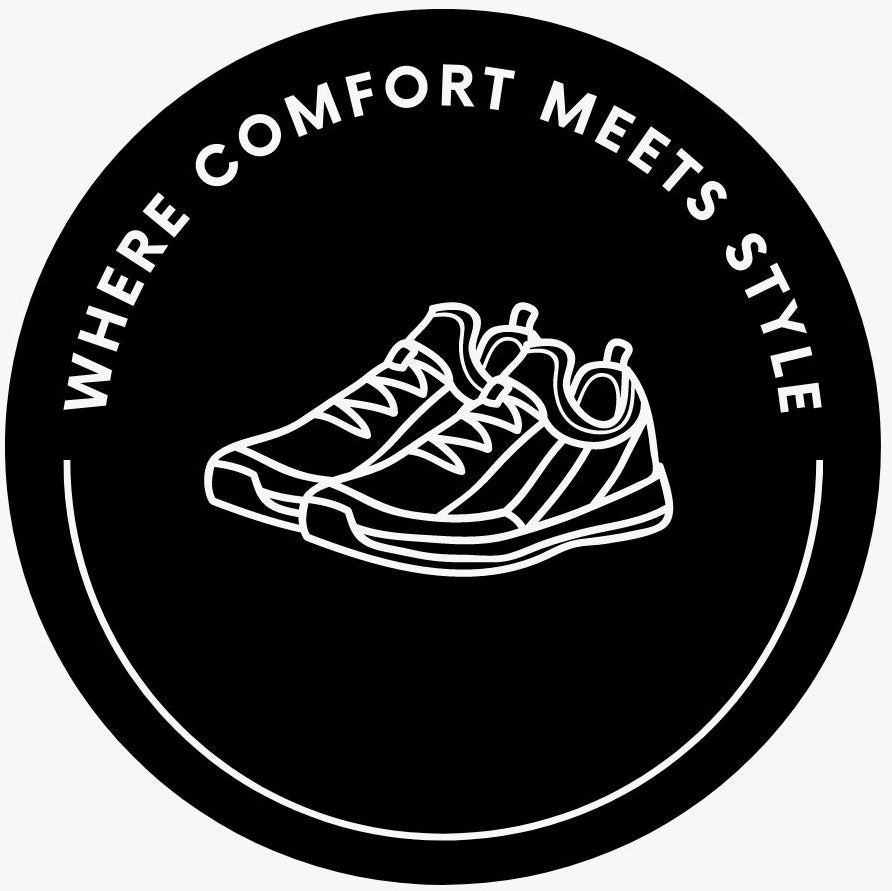Did you frequently experience knee pain while walking or climbing stairs? Is there any pain when you try to stand on your tiptoes? See, in both of these cases, the culprit might be your tight calves! Remember, you are not alone. A majority of the population gradually develop tight calves due to overuse of calf muscles. Athletes are more prone to develop these tight calves due to long hours of running and exercising.
Sometimes, failing to stretch regularly before starting exercise, a sedentary lifestyle, and wearing high heels also cause tight calves. These muscles are present in the backside of your lower legs. There are two calf muscles in each of your legs- the gastrocnemius and the soleus. Of these, the gastrocnemius is the more pronounced one as it forms a visible bulge below the skin.
When you have tight muscles, you can experience several foot issues. However, you can get rid of these issues by using a combination of some easy exercises. Let’s have a look at the tp foot issues caused due to tight calves.
Forefoot Pain
Also known as metatarsalgia, forefoot pain is the most common foot issue associated with tight calves. Here, you need to know that our forefoot has metatarsals, phalanges, and sesamoids. These bones are the last ones to leave the ground when you walk. Forefoot pain affects the first metatarsal and phalanges or the lesser metatarsals and phalanges. When you have metatarsalgia, there can be an inflammation of the joints existing between your metatarsal bones and the proximal phalanges of your toes. Also, pain can be of varied intensity, and you may experience pain even while walking or playing. Forefoot pain can be a tingling sensation or can be sharp. Many people with such pain also feel as if they have stepped on pebbles!
Plantar Fasciitis
Whenever you experience pain in the bottom of your heel, know that you are suffering from plantar fasciitis. This foot issue is a common one and affects more than two million people each year. The name of this condition is after the name of the thin ligament plantar fascia. It lies in the bottom of your foot beneath the skin. Your forefoot is connected to the heel by this ligament. It is this plantar fascia that absorbs most of the stress and strain. The pain can be after taking a few steps in the morning or after a long rest. Remember, this pain is not prolonged. It gets subsided after a few minutes of walking. However, you may feel aggravated pain in your heel after engaging in an exercise or sports activity.
Ankle Discomfort
Is there any pain or stiffness in your ankle? If yes, you may be experiencing ankle discomfort that gets better with adequate rest or by using pain medications. Remember, ankle discomfort is most common among people who are obese or regularly play sports. Apart from tight calves, your ankle discomfort also can be due to several other reasons such as fractures, sprains, or flatfoot. Ankle discomfort can seriously limit the range of motion in your ankles.
Knee Pain
Nearly every person experience knee pain at some point in life. This often happens when your tight calves cause pressure on your knee cap. This is due to over-weightiness, arthritis, or an injury. However, stretching can prove helpful to get relief from such pain and discomfort.
Tight calves can seriously impact your capability to engage in physical activities. It is best to take necessary action before it becomes severe and require a doctor’s intervention. If you have a history of knee injury or arthritis in your joints, you should make sure to stretch your calves and engage in some light exercises that can strengthen your calf muscles.

